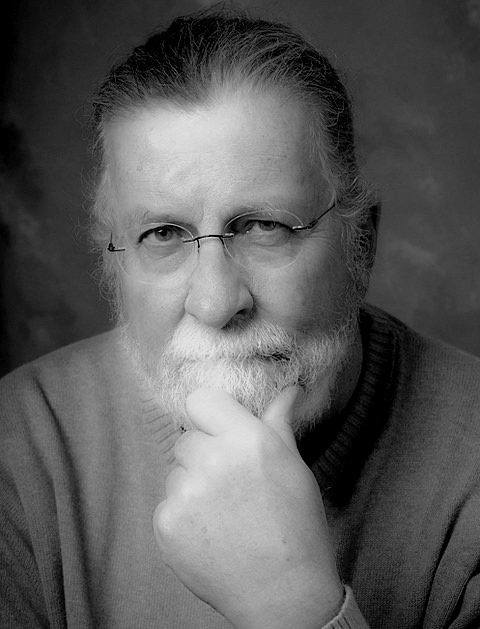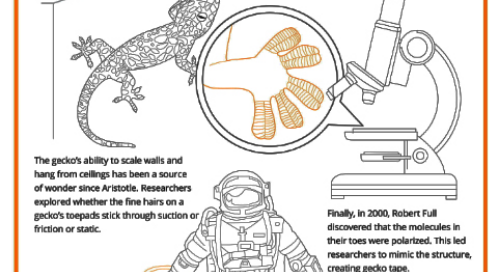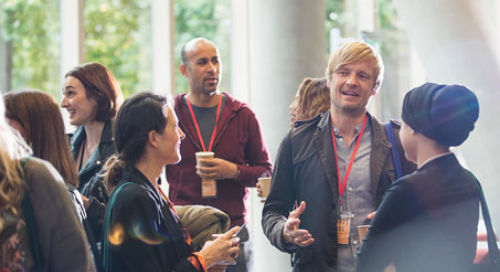researchers-in-the-face-of-the-pandemic
September 15, 2021
One topic has overwhelmed the world over the last 18 months and changed the way we live our day to day: The Coronavirus pandemic. Society has come to a stopping halt, yet the research community kept working tirelessly. Whether that’s been finding ways to lessen the impact of the virus on the most vulnerable in our communities, working out ways to prevent the spread, or finding the vaccine that will ultimately lead us out of this devastating situation, our researchers have been at the forefront and leading the way. So, you won’t be surprised to hear that when we were conducting our latest survey of society members, the impact of the pandemic was high on our agenda. Here’s what our respondents told us.
Pandemic setbacks
Over half of respondents our survey told us that they had missed opportunities from not being able to attend in-person conferences, especially those in chemistry. However, it could be argued that the greatest impact was felt in people’s personal lives. 44% told us that the pandemic had increased their stress levels and affected their productivity in work. A similar number also said that they had struggled to balance the demands of their family and personal life with that of the workplace. Unsurprisingly, this was felt most by those working in nursing and in healthcare generally. Our survey suggests some indication that those with over 20 years’ experience coped with the stress of the pandemic better, but nonetheless there is little doubt about the damage caused by COVID-19.
Virtual conferences are a nice supplement, but they miss the personal touch
It came through loudly in our survey that one of the main things that people have missed over the last 12 months or so has been that sense of personal connection, especially the networking that is essential to a successful conference. Many of us have spent much of our time in meetings over Zoom or some other online platform and there’s no doubt that the pandemic has reinforced the importance of technology and the ability to go virtual.
44% said that although virtual meetings are not preferred to in-person conferences and events they are necessary right now. Significantly though, that figure has increased since last year implying that virtual conferences are becoming less popular than they were. Virtual can’t replace face-to-face interaction completely and people are starting to get tired of being behind a screen. However, the benefits of virtual are that they save resources and are easier to attend, so it’s likely future in-person events will continue to have a virtual option. 41% say that virtual conferences are ‘a nice supplement’ to in-person events, but the responses show that we’re likely to see a return to a more personal interaction in the future.
The damage done to diversity, equity, and inclusion (DE&I)
We’ve talked extensively about DE&I in academic life in general and the impact of the pandemic in particular in our recent white paper, The Future is Now: Accelerating Change in Diversity, Equity, and Inclusion, but it’s fair to say the impact of the pandemic has not been the same for everyone. Those who were disadvantaged in some way before the crisis are likely feeling the effects of the pandemic even harder. Take the representation of women within learned societies, for example. This ratio has always lagged behind men (in this year’s survey 36% are female compared to 62% men) despite small signs of growth each year. The pandemic appears to have widened this division. 51% of female respondents declared difficulty in maintaining a work/life balance compared to 42% of men, while 49% of women said they faced increased levels of stress during the pandemic compared to 42% of men.
Additionally, the Brave New World study, co-sponsored by Wiley, found that 37% of Black respondents said they had less time for research compared to 30% of white respondents. 45% of women said they had less time for research compared to 37% of men. More women also said they had increased caring responsibilities and faced more household chores than men did. So, while everyone is feeling the impacts of the pandemic, it is not equal amongst genders and race.
Although we still have a way to go before COVID-19 is behind us, the signs for the future are looking brighter. Because of the incredible work done by the sort of researchers and society members who complete our survey each year, we are looking at brighter times ahead. The survey tells us that people are needing greater personal contact and that they are now looking at how to further their careers once again. Things might not be back to normal yet, but at least we can see what “normal” might look like in the future.








